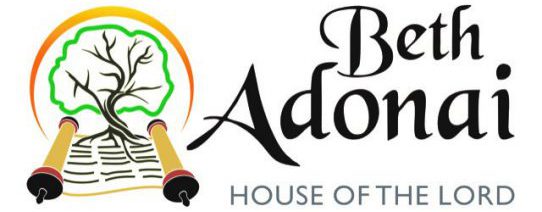Shemini Atzeret and Simchat Torah come at the conclusion of Sukkot. Some authorities consider Shemini Atzeret to be a separate festival, but its connection to Sukkot comes from scripture:
Leviticus 23:36
For seven days present offerings made to the LORD by fire, and on the eighth day hold a sacred assembly and present an offering made to the LORD by fire. It is the closing assembly; do no regular work.
Numbers 29:35
On the eighth day hold an assembly and do no regular work. “Shemini” means eighth, while “Atzeret” means gathering or assembly. It comes from the Hebrew root “atzar” meaning “to hold back” or to “tarry”. In that connotation it is seen as an added day to spend with the Lord. The Talmud explains that it is similar to a great king who has invited diplomatic guests to come visit him for a week long feast. On the last day he calls his son who was also there aside and tells him: “While all these strangers were around we hardly had an opportunity to have an intimate conversation. Would you not stay for just one more day so we can have a simple feast all by ourselves?” A rabbinical turn on this is that during the seven days of Sukkot Israel is interceding for the world, a reference perhaps to this verse:
Zechariah 14:16-17
Then the survivors from all the nations that have attacked Jerusalem will go up year after year to worship the King, the LORD Almighty, and to celebrate the Feast of Tabernacles. [17] If any of the peoples of the earth do not go up to Jerusalem to worship the King, the LORD Almighty, they will have no rain. Israel then takes one last day to be alone with God. A Messianic explanation for this one day holiday is based on the theory that Yeshua was born on the first day of Sukkot. He came into the world and “tabernacled” with us.
John 1:14
“The Word became flesh and made his dwelling among us…”
Then, eight days later, on Shemini Atzeret, was His bris:
Luke 2:21
“On the eighth day, when it was time for his Brit-milah, he was named Yeshua, the name the angel had given him before he had been conceived.” As a separate holiday Shemini Atzeret has fewer rituals than the preceding feasts. It is traditional though, to read one of the five “megillot”, or scrolls, Ecclesiastes, and to recite “Yizkor”, the memorial prayer for the dead. Perhaps Ecclesiastes is read because of its somber introspection, a balance to the joyousness of Sukkot, and an expression of the mood of soul searching associated with Rosh Hashanah and Yom Kippur preceding. The mood swings upward again a day later on Simchat Torah. In Israel this day is not considered as a separate feast, but as the second day of Shemini Atzeret. In the Diaspora it is either a separate feast or considered the ninth day of Sukkot. In either case this day is not mentioned in scripture, and did not develop until the Middle Ages (ninth century). At that time the three year cycle of reading through the Torah, ending on Pesach, gave way to a one year cycle ending on Shemini Atzeret. This way a different portion of the Torah is read each week so that the entire Torah was read through in a year. Since the cycle of Torah readings would begin again, this became a joyous day. Thus the name “Simchat Torah”, “rejoicing in the Torah”. What would otherwise have been a day of tediously re-rolling all the Torah scrolls to their beginnings, now became a very joyous festival involving the whole family.
Traditions for this day include reading the last verses of Deuteronomy and immediately reading the first verses of Genesis. Jewish tradition did not want to leave the slightest impression that we are ever finished studying God’s word. A portion of Joshua is also read to show that God’s word extends even beyond the Torah. As believers we can consider the eternal nature of the Word:
John 1:1
“In the beginning was the Word, and the Word was with God, and the Word was God.”
In synagogues that read from the actual Torah scroll a great ceremony is made of rewinding the scroll. It is considered an honor to be called up to help with this task. Also, the Torah scrolls are carried in a circle seven times around the sanctuary in a joyous parade called “hakafot”. Children are given flags or small scrolls to follow in the procession. Candles are put in the ark in place of the scrolls, a reminder of God’s law being our light:
Psalm 119:105
“Your word is a lamp to my feet and a light for my path.”
Also, as Yeshua reminded us when He was at the Temple on Sukkot:
John 8:12
When Yeshua spoke again to the people, he said, “I am the light of the world. Whoever follows me will never walk in darkness, but will have the light of life.” We take delight in our celebration of the Torah as mentioned in Psalms:
Psalm 119:77
“Let your compassion come to me that I may live, for your law is my delight.”
Psalm 119:162
“I rejoice in your promise like one who finds great spoil.”
Psalm 119:174
“I long for your salvation, O LORD, and your law is my delight.”
Sweets are appropriate at this celebration to remind us:
Psalm 119:103
“How sweet are your words to my taste, sweeter than honey to my mouth!”
As believers we can rejoice in the Living Word:
John 1:14
“The Word became flesh and made his dwelling among us. We have seen his glory, the glory of the One and Only, who came from the Father, full of grace and truth.”
